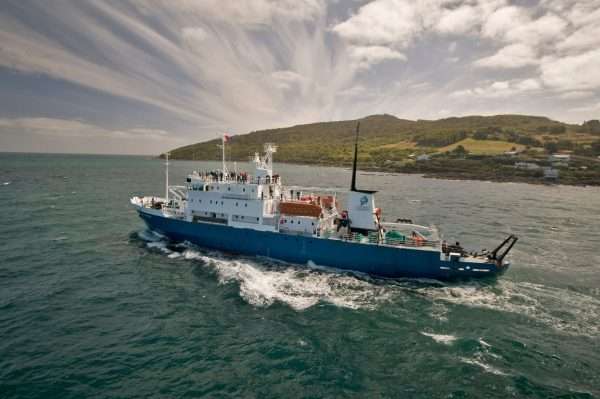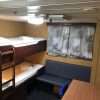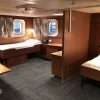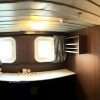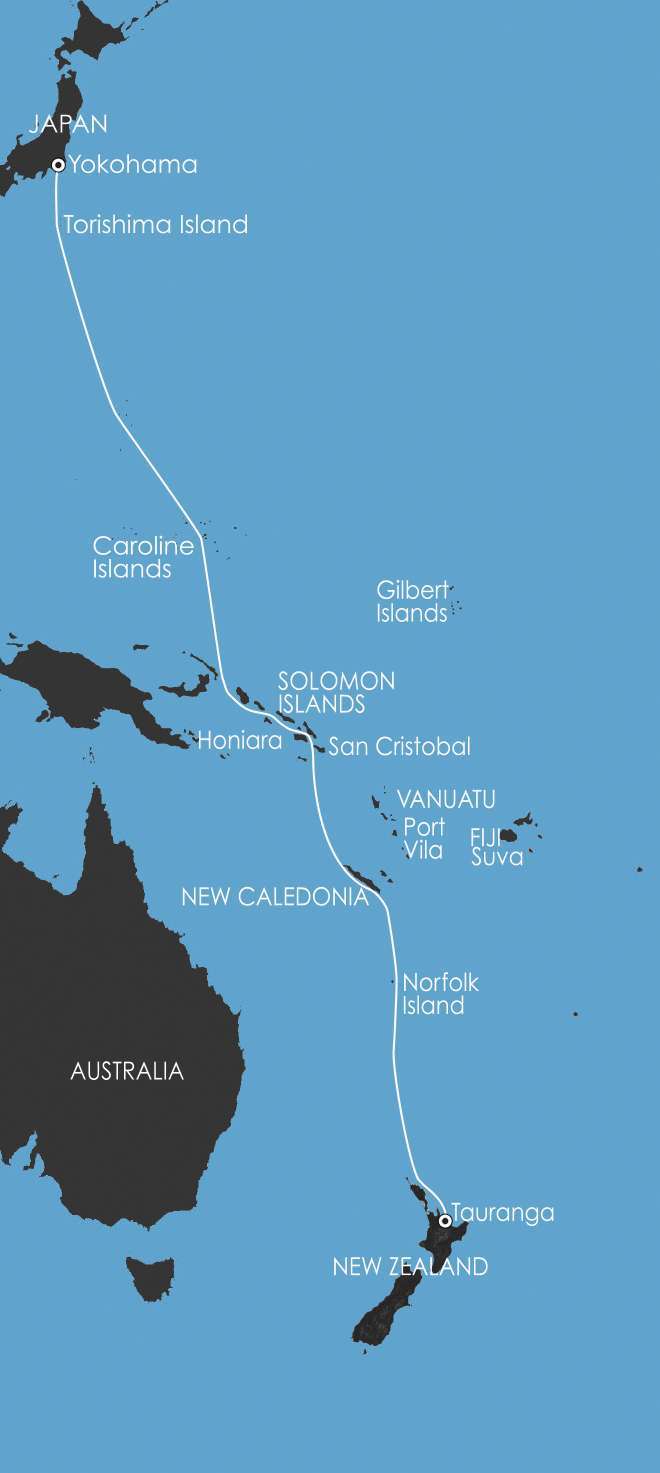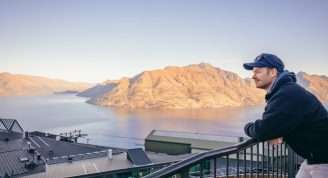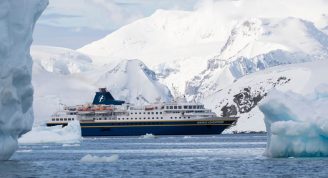Description
Known in birding circles as the ‘WPO’, this expedition incorporates many key birding areas in the West Pacific. First offered in 2007, it is now considered one of the ‘must do’ expeditions for any birder because of opportunities to see some of the rarest pelagic seabirds in the world plus many island endemics. But it is not only for ‘birders’, as the cetacean list is outstanding and if you ever tire of birding or cetacean watching then there are numerous snorkelling/swimming/relaxing opportunities.
After departing Tauranga, we sail for the Hauraki Gulf where there are numerous endemic species, including the recently discovered New Zealand Storm-Petrel. From there it’s northward to Norfolk Island and then New Caledonia where we search for the amazing Kagu and other endemics at the Rivière Bleue National Park.
We then spend five exciting days in the Solomon Islands birding on Rennell, Makira, Guadalcanal, Santa Isabel and Kolombangara, before cruising across the New Britain Trench, an area known to be extremely rich in cetaceans. As we sail along the coasts of Bougainville and New Ireland, we will look for two extremely poorly known seabirds, Heinroth’s Shearwater and the recently rediscovered Beck’s Petrel.
Next stop is Truk Island (Micronesia) for some more intensive birding before we set a course for the Bonin Islands south of Japan. Our route will take us to Chichi-jima, Haha-jima and Torishima Islands before we visit Miyake-jima, where we will look for the last specialities of the expedition. Our voyage will then conclude at Yokohama in Japan.
This expedition is accompanied by some of the best pelagic birding guides in the world who have extensive experience of the seabirds of the West Pacific and have visited the islands we will be landing on multiple times before. Birding starts at dawn and finishes at sundown. Our guides are there throughout the day to assist you and the ‘reading of the bird list’ each evening is legendary for its detail and discussion.
A message for the keen birders and cetacean watchers reading this. Space doesn’t allow us to list all species on a day-by-day basis in this itinerary. Please ask for an expedition dossier or a bird and mammal list from previous expeditions.


